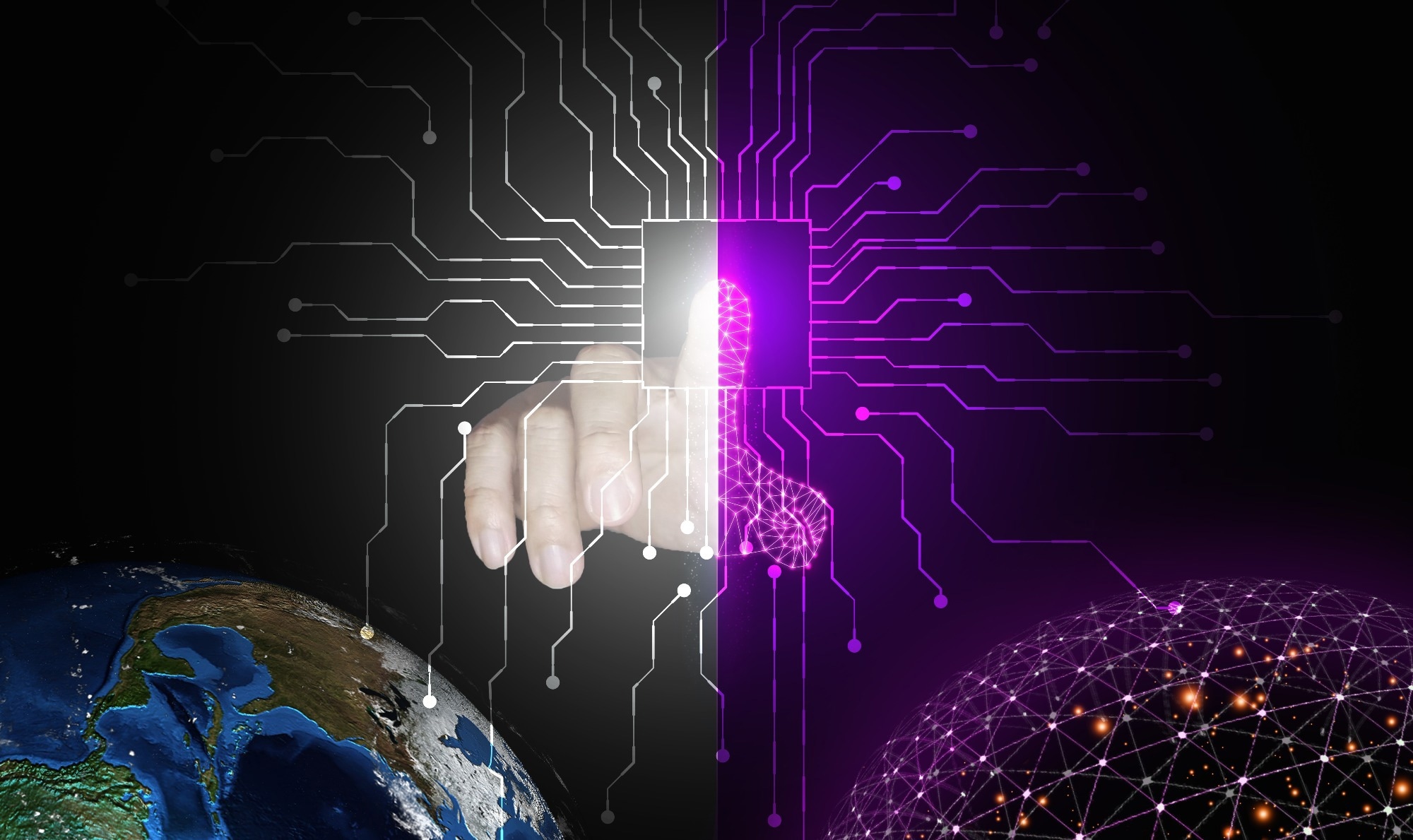In an article published in the journal Nature, researchers explored the use of a deep neural operator network (DeepONet) as a robust surrogate modeling method in the context of digital twin (DT) technology for nuclear energy systems.
 Study: DeepONet's Leap in Real-time Prediction Empowers Nuclear Digital Twins. Image credit: Ole.CNX /Shutterstock
Study: DeepONet's Leap in Real-time Prediction Empowers Nuclear Digital Twins. Image credit: Ole.CNX /Shutterstock
DeepONet was trained with various operational conditions, eliminating the need for continuous retraining and enabling real-time predictions for DT. The study demonstrated DeepONet's superior accuracy and speed compared to traditional machine learning (ML) methods, making it a promising algorithm for solving complex particle transport problems in nuclear systems.
Background
In the pursuit of reliable and sustainable energy, nuclear power emerges as a promising carbon-neutral solution. The integration of DT technology in nuclear systems holds substantial potential, recognized by institutions like the United States Nuclear Regulatory Commission and the Department of Energy. Despite the acknowledged benefits, challenges persist, encompassing data integration, modeling complex nuclear systems, real-time synchronization, and cybersecurity. Notably, this study addressed the specific challenge of employing deep learning methods, particularly DeepONet, in modeling and simulation for nuclear systems.
Traditional simulation codes often trade speed for accuracy, posing challenges in systems requiring rapid analysis and response predictions. Deep learning, with its ability to capture intricate relationships in data, offers a solution. However, deploying deep learning models encounters the "dataset shift" challenge as real-world data dynamically evolves, affecting model performance.
This paper introduced a novel approach using DeepONet for data-driven surrogate modeling in nuclear systems, emphasizing its capability to generalize and predict outcomes for rapidly evolving conditions. The researchers built on prior investigations, extending the understanding of DeepONet's generalization and explicability in the context of nuclear engineering. The research contributed new experimental data, offering further validation and insights into the practical application of DeepONet, addressing gaps in previous works, and advancing the utilization of DT technology in nuclear energy systems.
DeepONet
DeepONet was an advanced neural network that extended the universal approximation theorem to the field of operators. Unlike traditional neural networks that map inputs to a function space, DeepONet was specifically designed to map information from functions to operators observable in any domain.
DeepONet utilized a branch-trunk architecture, where the trunk network managed domain information, and the branch network encoded sensor information from the function. This architecture efficiently handled data and approximated the system's operator, with the entire model trained using prediction-associated loss. The proven versatility of DeepONet was demonstrated across various domains, including electric convection, bubble growth dynamics, and fluid dynamics. As a powerful tool for handling complex nonlinear and computationally intensive problems, DeepONet's potential applications were expected to broaden across diverse fields in the future.
Results
The DeepONet models demonstrated excellent performance in predicting the two-dimensional (2D) spatial distribution of neutron flux, with larger training datasets yielding improved results. Even with the smallest dataset, the models achieved remarkable accuracy, showcasing high R-squared values and root mean square error (RMSE) and mean absolute error (MAE) within 10%. However, the observed ratio of RMSE to MAE suggested the presence of outliers in the predictions, prompting considerations for outlier removal and hyperparameter tuning to enhance model robustness.
Comparisons with fully connected networks (FCN) and convolutional neural networks (CNN) revealed the superior performance of DeepONet. In challenging scenarios where FCN and CNN struggled, DeepONet exhibited significantly better R-squared values, RMSE, and MAE. The model's ability to accurately reproduce the intricate spatial distribution of neutron flux further emphasized its reliability compared to FCN and CNN.
The authors highlighted DeepONet's unique capability to handle functions as input data, constructing operators in the system using training data. Integrating fixed sensors through a branch network provided a compelling concept, allowing the model to handle diverse scenarios and accidents. The remarkable execution speed of DeepONet, significantly faster than conventional simulations, positioned it as a potent modeling method for DT systems, enabling real-time predictions based on sensor data from physical assets.
However, challenges remained, including optimizing sensor placement in harsh environments like nuclear power systems and refining the model evaluation process to ensure robust predictions in all scenarios. Addressing these issues could further optimize DeepONet for DT systems, unlocking its potential for various engineering applications, especially in nuclear engineering and beyond.
Conclusion
In conclusion, the researchers underscored DeepONet's potential as a robust and efficient surrogate modeling method for real-time predictions in nuclear energy systems within DT frameworks. It outperformed conventional ML methods, exhibiting superior accuracy and computational speed.
Challenges, such as optimizing sensor placement and refining model evaluation, highlighted areas for future research. Enhancing DeepONet for multi-fidelity integration, addressing sensor degradation, enabling temporal synchronization, and implementing multiscale uncertainty quantification were crucial avenues for advancing its application in nuclear engineering and DT systems.